The History of the Monsoon in Arabia
A Speleothem-based Paleoclimate Study
Stephen J. Burns
Department of Geosciences
University of Massachusetts
Introduction
The Indian Ocean Monsoon is one of the major weather systems of the earth, affecting the economies and
agriculture, and fisheries of one of the most densely populated areas of the world. It is of obvious
importance to attempt to better understand the nature of monsoon variability and mechanisms that drive the
observed variation. This project utilizes a broad array of techniques to understand how monsoon-related
climate signals are recorded by speleothems in southern Arabia. The overall goal is to produce high quality
paleoclimatic reconstructions for the region on a variety of timescales, and to interpret those
reconstructions in terms of climate forcing. The project is international in scope with collaborators in
Switzerland, Germany, Oman and Yemen.
Speleothems as recorders of climate change
Speleothems, such as stalagmites, stalactites and flowstones, are formed when calcium carbonate
precipitates from degassing solutions seeping into limestone caves. Paleoclimate information can be gained
from such deposits in a several ways, including:
- Periods of rapid or more extensive deposition can be used to identify wetter vs drier climate
intervals.
- The oxygen isotope ratios of speleothem carbonate primarily reflect the isotopic composition of
regional precipitation. Where variation in the isotopic composition of groundwater is a function of climate,
for example temperature or available moisture, that climate information is archived in speleothems. In
southern Arabia, we have found that the direct effects of temperature on the speleothem isotopic records (via
calcite water fractionation) are small in comparison to changes in the isootpic composition of drip water.
Stalagmite d18O values are found to be inversely related to the amount of rainfall, primarily via an amount
effect.
- The hydrogen isotopic composition of fluid inclusions incorporated in speleothems can yield a
direct measure of the isotopic composition of paleogroundwaters (Schwarcz and Yonge, 1983), which may then be
combined with isotopic analyses of speleothem carbonate to directly calculate paleotemperatures.
- In near surface caves in areas with a strong annual climate cycle, stalagmites may contain annual
laminations. Variations in lamination thickness are also climate related (Baker et al, 1993b)
Thus far, our work in southern Arabia has concentrated on using speleothems from caves in Oman as a source
of climate information for the region. The approach we have taken combines studies of modern caves and cave
waters, dD analyses of water from fluid inclusions in modern and ancient speleothems, high resolution O and C
stable isotopic analyses of recent and well-dated ancient speleothems and spectral analyses of the isotopic
time series. We have worked on samples from two areas: Hoti Cave in northern Oman, and several caves in the
Salalah region of southern Oman (Figure 1).
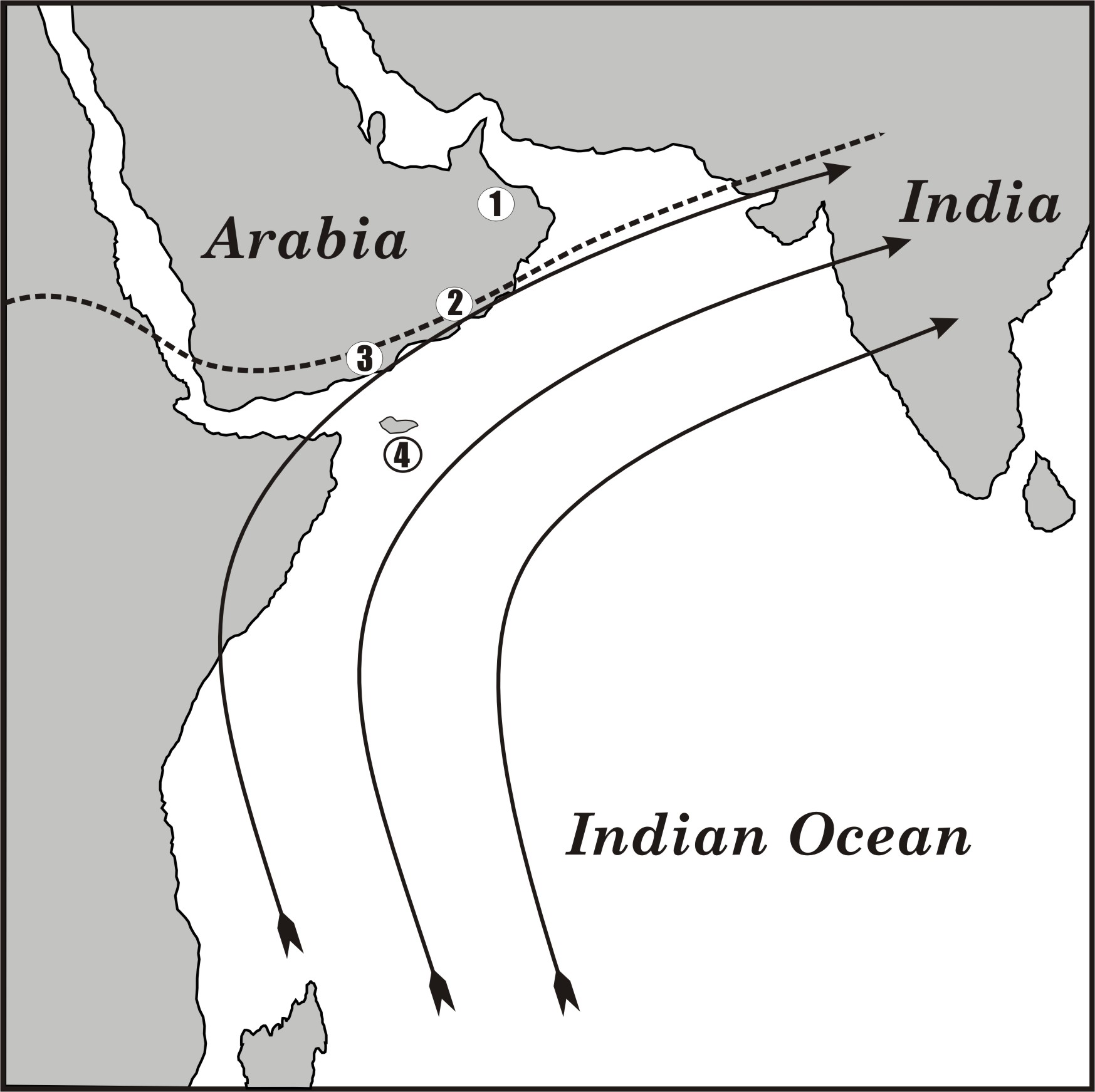
Figure 1. Location map of cave sites in Oman and Yemen: 1. Hoti
Cave, 2. Salalah area caves, 3. Hadramaut in Yemen, 4. Socotra Island.
Soqotra Island
In October, 2000 our group from Bern, in collaboration with Prof. Abdul-Karim Al-Subary of Sanaa
University, Yemen conducted an initial exploration and sampling expedition on Soqotra Island. Soqotra Island
lies off the horn of Africa in the Indian Ocean at about 53E 12N (Fig. 2) and is a part of the Republic of
Yemen.
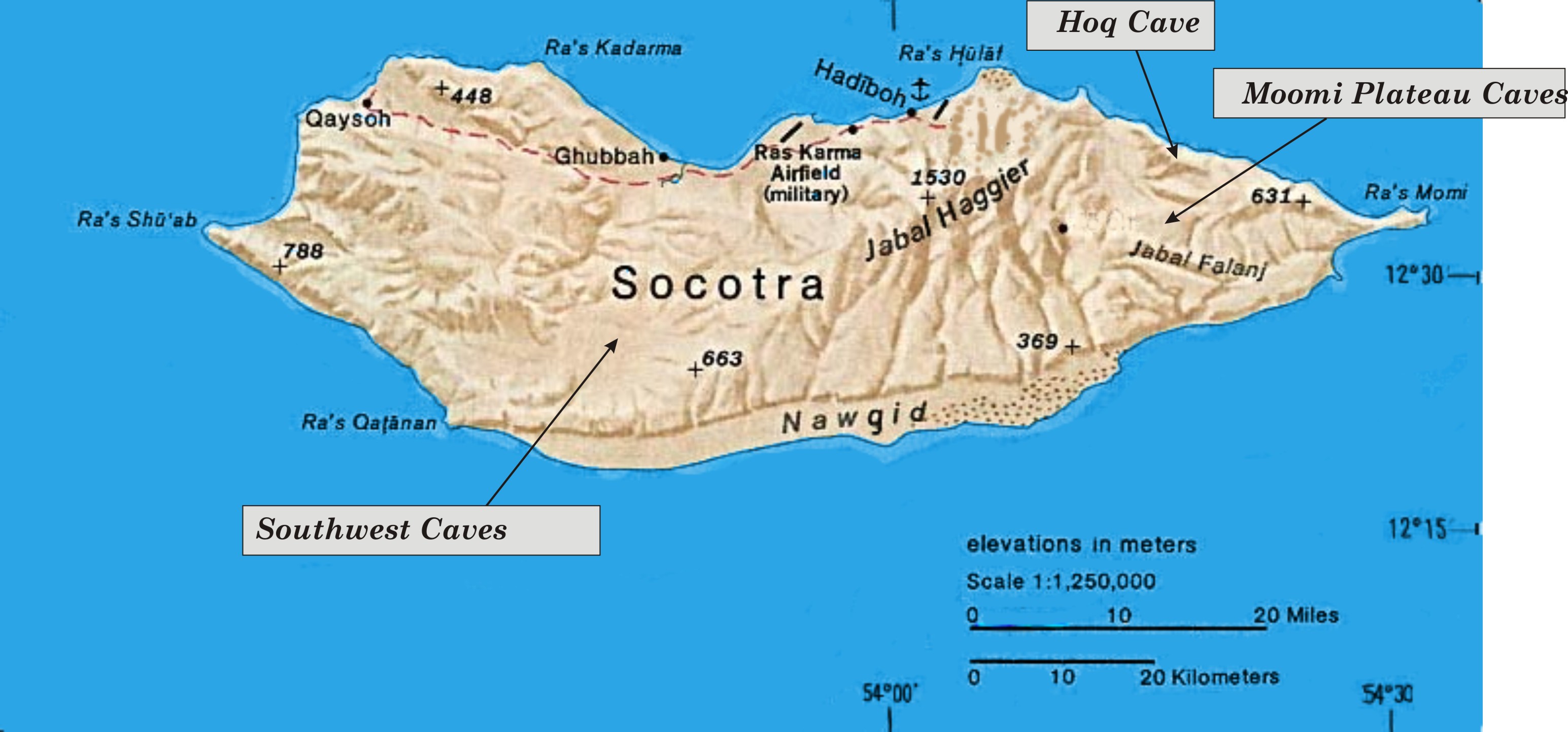
Figure 2. Socotra Island.
Soqotra has been an island for an estimated 15 m.y. to 20 m.y. and has a highly endemic flora and
fauna. Of 800 known plant species, more than 300 are found only on the island. The entire island is the site
of an extensive biodiversity study funded by the United Nations (Mies and Beyhl et al., 1996).
- Hoq Cave - Located on the northeast side of the island, Hoq Cave is ~5 km from the sea at an
elevation of 350 masl. The cave is horizontal and extends at least 2 km, we were not able to explore the full
length. Hundreds of stalagmites, ranging in size from a few 10s of cm to an estimated 20 m, rise from the
cave floor. Nearly all are presently inactive. We collected intact one, 37 cm growing stalagmite, and three
inactive stalagmites ranging in size from 54 cm to 155 cm. We also sampled a fallen 4.7 m stalagmite at
approximately 1 m intervals for U/Th dating and marked its location for possible future sampling.
- Moomi Caves - An extensive karst plateau lies to the east of the Haggier Mountains. We successfully
explored several caves on this region, two of which were suitable for sampling. Moomi Caves I and II are
located about 4 km from one another at ~480 masl. Both caves contain numerous active and fossil stalagmites.
Two samples were taken from each cave.
- Southwest Caves - A second high limestone plateau is located on the southwestern side of Soqotra
Island. We cold not fully explore this region in October 2000 due to a temporary gasoline shortage on
Soqotra. Nevertheless, we did find one, single-chamber cave from which we collected two stalagmites. One is
37 cm in size and was growing at the time of sampling, the other is 118 cm and was not active. On our final
day of field work, we found and began exploration of a very large sinkhole (~500m in diameter and ~70m deep).
We were able to establish that extensive, horizontal caves lead away in two directions from the central
chamber of the sinkhole. The size of these passageways is promising in terms of finding stalagmites to sample
and we plan further exploration on our next field season.
Below are some photos of caves and sampling in Oman (Figs. 3-6)
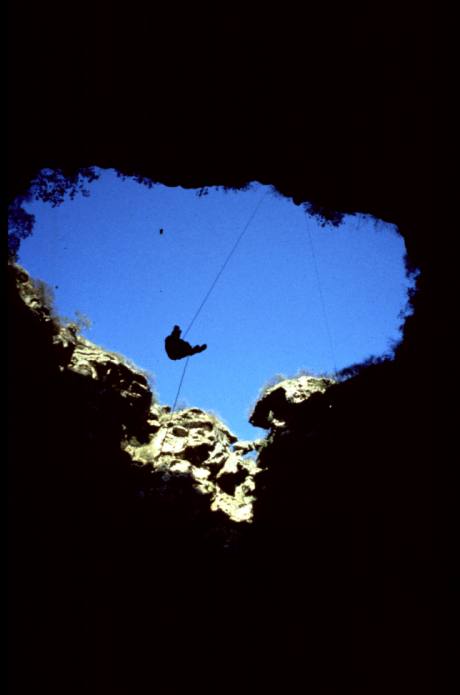
Figure 3. Descending into Qunf Cave, near Salalah, Oman.
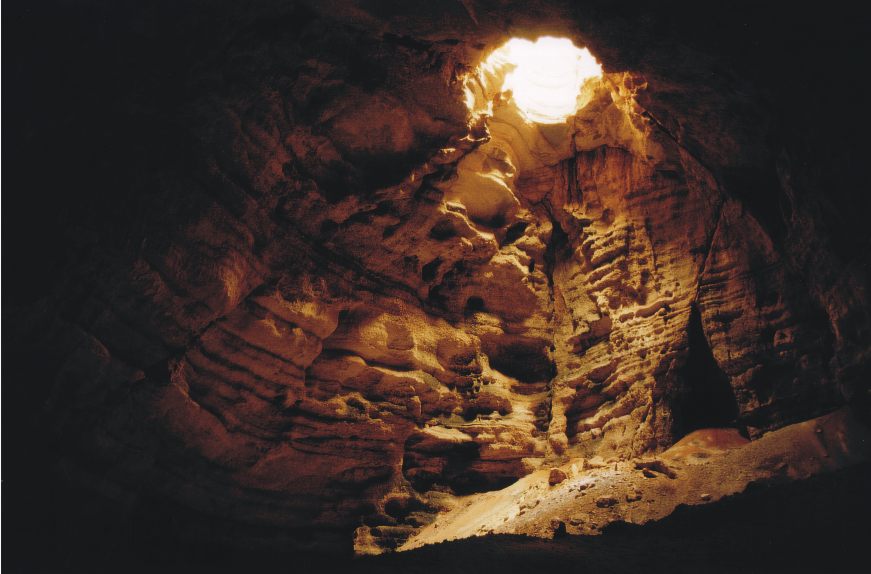
Figure 4. The Majlis al Jihn on the Salma Palteau, Oman.
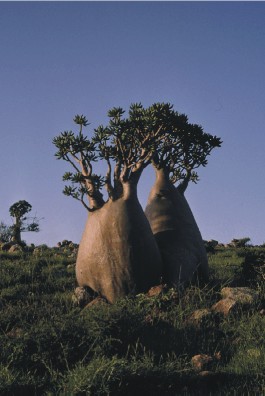
Figure 5. Bottle tree (Adenium obesum) on Socotra Island, Yemen.
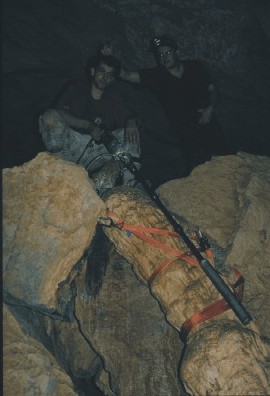
Figure 6. Drilling a large stalagmite in Hoti cave, Oman.






